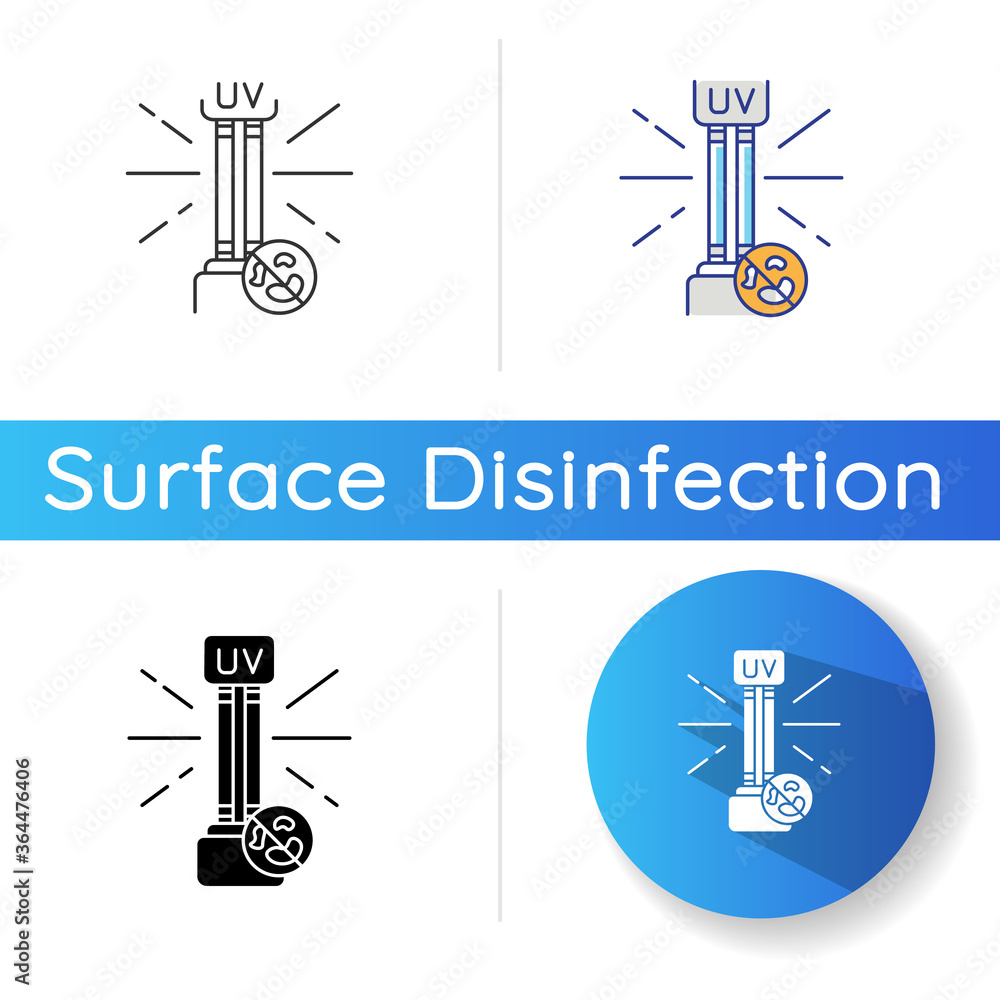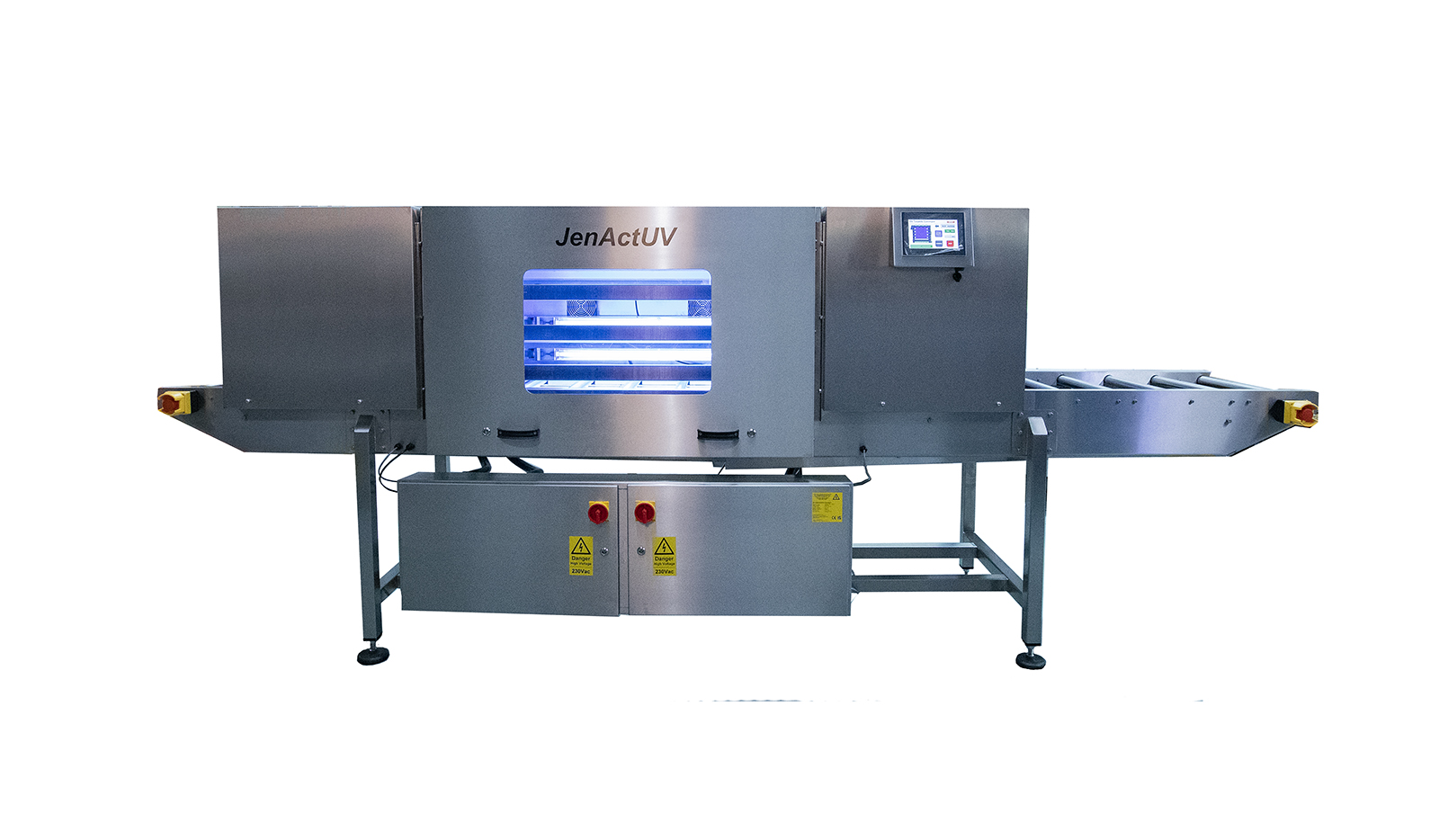Releasing the Power of UV Surface Disinfection: Protecting Against Hazardous Pathogens
Releasing the Power of UV Surface Disinfection: Protecting Against Hazardous Pathogens
Blog Article
Discovering UV Sanitation: A Necessary Tool in the Fight Against Hazardous Pathogens
As the world deals with an ever-increasing hazard from dangerous microorganisms, the search for reliable approaches of disinfection has become an immediate top priority. One such approach that has gathered substantial interest is UV sanitation. In this conversation, we will delve right into the globe of UV sanitation, uncovering its possible as a crucial tool in the fight against unsafe microorganisms.
Just How Does UV Disinfection Work?
UV disinfection works by using ultraviolet (UV) light to eliminate hazardous microorganisms and avoid their spread. This highly efficient technique includes using UV radiation to interfere with the DNA and RNA of microorganisms, making them not able to duplicate and triggering their utmost damage.
When UV light is utilized for sanitation, it is commonly produced from a lamp or light bulb that creates a certain wavelength of UV-C light. uv surface disinfection. This wavelength, varying from 200 to 280 nanometers, is particularly effective at permeating the outer cell wall of bacteria, viruses, and other microorganisms. Once inside the cell, the UV radiation targets and damages the hereditary material, avoiding the microorganism from reproducing and causing infection
UV disinfection systems are made to produce the appropriate intensity and duration of UV light to make certain reliable microorganism elimination. The dose of UV light needed for sanitation relies on elements such as the type of bacterium, its resistance to UV radiation, and the particular application. Furthermore, the system should be carefully engineered to guarantee correct direct exposure of the target pathogens and to stay clear of any type of potential harm to human beings or the atmosphere.
The Benefits of UV Sanitation
UV sanitation supplies a plethora of benefits in effectively getting rid of hazardous pathogens and decreasing the danger of infection. Among the main benefits of UV sanitation is its capability to offer a chemical-free and environmentally friendly solution. Unlike traditional sanitation approaches that rely upon chemicals, UV sanitation makes use of ultraviolet light to ruin the DNA and RNA of bacteria, making them incapable to recreate and create infections. This chemical-free approach makes certain that no unsafe residues are left, removing any prospective health dangers connected with chemical disinfectants.
Another considerable advantage of UV disinfection is its performance in eliminating a large range of virus. UV light has actually been confirmed to successfully get rid of microorganisms, viruses, fungi, and protozoa, consisting of those that are immune to traditional disinfectants. This broad-spectrum performance makes UV sanitation a functional device in numerous settings, such as health care centers, water therapy plants, and food handling sectors.
In enhancement to its efficiency, UV disinfection likewise provides rapid disinfection cycles. Unlike various other techniques that call for extended call times or repetitive applications, UV sanitation can achieve considerable virus decrease immediately. This fast and effective procedure permits enhanced productivity, reduced downtime, and increased total operational effectiveness.
Additionally, UV disinfection is a non-contact approach, which indicates that it does not require direct physical call with the surfaces or objects being disinfected. This feature makes it ideal for use on delicate equipment and delicate materials that may be harmed or impacted by various other disinfection approaches.
Applications of UV Disinfection in Medical Care

UV sanitation is also made use of in the sanitation of medical equipment and instruments. Furthermore, Your Domain Name UV sanitation is used in water therapy systems within health care centers.
In addition, UV sanitation modern technology is utilized in the disinfection of health care attires and individual protective equipment (PPE) By using UV light, medical care specialists can ensure that their uniforms and PPE are devoid of pathogens, stopping the transmission of infections between clients and healthcare workers.
UV Sanitation in Public Spaces
Public areas are increasingly applying UV sanitation innovation as an important measure to combat the spread of dangerous virus. With the continuous international pandemic and the consistent danger of infectious conditions, the requirement for effective sanitation techniques in public locations has come to be paramount. UV sanitation supplies a reliable and trusted option in this respect.

UV disinfection systems use ultraviolet light to shut off the DNA and RNA of microorganisms, infections, and various other microorganisms. This procedure interrupts their capability to reproduce and render them safe. These systems can be installed in different public areas, including cooling and heating systems, escalators, lifts, and surface sanitation robots. The usage of UV sanitation technology in public rooms not just assists in minimizing the threat of infection yet also infuses confidence amongst the public regarding their safety.
As public rooms remain to adapt to the difficulties postured by contagious conditions, UV disinfection innovation plays an important role in ensuring a risk-free and tidy environment. By implementing such measures, public areas can properly minimize the spread of hazardous pathogens and add to the general well-being of the area.
The Future of UV Sanitation Innovation
As the demand for improved disinfection methods remains to expand in response to the ongoing international pandemic and the consistent hazard of infectious conditions, the future of UV disinfection innovation holds promising innovations additional hints in making sure a lot more reliable and efficient pathogen removal in various setups.

One area of innovation is the advancement of even more small and mobile UV disinfection devices. Additionally, improvements in automation and robotics are being discovered to improve the performance and performance of UV disinfection procedures.
One more area of expedition is using UV sanitation in air filtration systems. By incorporating UV-C lights into cooling and heating systems, airborne virus can be efficiently neutralized, minimizing the risk of transmission in indoor environments.
Furthermore, scientists are examining using UV sanitation in food processing centers to make sure the safety and quality of food items. UV-C light has actually been discovered to be efficient in eliminating foodborne virus, supplying a chemical-free option to traditional sanitation approaches.
Verdict
In verdict, UV sanitation is an important device in the battle against hazardous microorganisms. Its effectiveness in killing microorganisms, viruses, and various other microbes makes it a valuable modern technology in medical care settings and public spaces. With its capacity to supply a eco pleasant Web Site and chemical-free technique of disinfection, UV technology holds wonderful potential for the future. Its extensive application can add to the prevention of infections and the improvement of public health.
UV disinfection systems are developed to discharge the appropriate intensity and period of UV light to make certain reliable virus elimination. The dosage of UV light needed for sanitation depends on aspects such as the type of microbe, its resistance to UV radiation, and the specific application. Unlike typical disinfection approaches that rely on chemicals, UV disinfection utilizes ultraviolet light to ruin the DNA and RNA of microbes, rendering them incapable to duplicate and cause infections.In enhancement to its effectiveness, UV disinfection also uses quick disinfection cycles. One of the main applications of UV disinfection in healthcare is in the disinfection of patient areas and operating cinemas.
Report this page